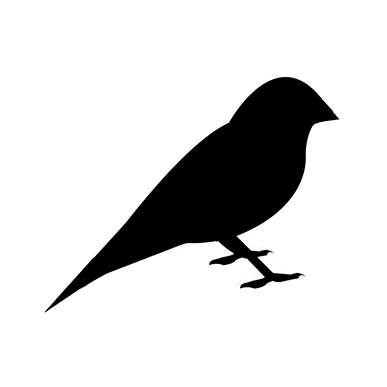I think this sense of painting being a temporal medium is one I also explore
(A Dialogue of Three Disciplines)

Saturday, 17 October 2015, 10:43
hi Richard,
I was just finishing Joselit’s piece and found it funny/interesting that many of the things he talks about are things I have picked out from other readings. Like this quote by Hito Steyerl, which refers to her medium and documentary film, but resonates with my concerns about painting:
I feel this particularly applies to image-objects, ie: images and their conveyances, be it film, digital, book reproduction, painting…
from Joselit:
and from Steyerl:
Both passage and transmission resonate with me, as does translation in many forms.
and from Joselit:
+
…has echoes in Jack Spicer:
and Hito Steyerl again — re: transmission:

+
I think this sense of painting being a temporal medium is one I also explore and I am very interested in the idea of “convertible signs” and what that may entail. At one point someone pointed out that my work was emblematic, and I think that can still apply. I feel that the apparent selection and presencing of a mark or marks — be they intentional or arbitrary (such as in some of the paintings you list above) — is what could convert them into signs. It creates an expectation of meaning. I actually went to Bulgaria a few years ago to see what it would be like to be in a place where written/visual language not only meant nothing to me, but also had no sound. The cyrillic alphabet has things in common with the arabic alphabet, but that fact almost confuses the issue more. The written text seems to defy my understanding. I sometimes think about taking a course in linguistics as I feel I know so little, but often choices I make in my work are made along grammatical terms such as employing tense. Such is the little linguistics training I received from my Spanish language major. After I had been thinking about this, and making work in relation to it, I remember finding [R. H.] Quaytman somewhere saying that she was going to make a painting in dative tense – and then I really regretted not taking any Latin.
+
I think I have rambled on a bit — so my apologies. I am very pleased you like the apples! When I made them I thought they were totally hard core, but often people read things in very different ways.
Thanks for sharing Joselit’s article! Until soon,
— J
1Hito Steyerl, “The language of things,” (Transversal Texts, EIPCP, June, 2006).
2David Joselit, “Signal Processing: Abstraction Then and Now,” (Artforum, Summer, 2011).
3Jack Spicer, After Lorca (San Francisco: White Rabbit Press, 1957).
[Pollock’s] great accomplishment — and also the great accomplishment of Abstract Expressionist painting tout court — was to merge all these semiotic layers into a single convertible sign…
…[C]onvertible signs are what make Abstract Expressionist painting dynamic, open-ended, always in a process of becoming.

In every work of art there is an irreducible singularity; a fund of affect and visual event that is inexhaustible.
There is peace and security in Sign City. Thinking, there, is a matter of associating the right signs with the right things and then submitting these signs to the algorithm of your preferred ideology. But peace and security come at a price….
I like a painting that does something, like a machine does something: you turn it on and it functions —


